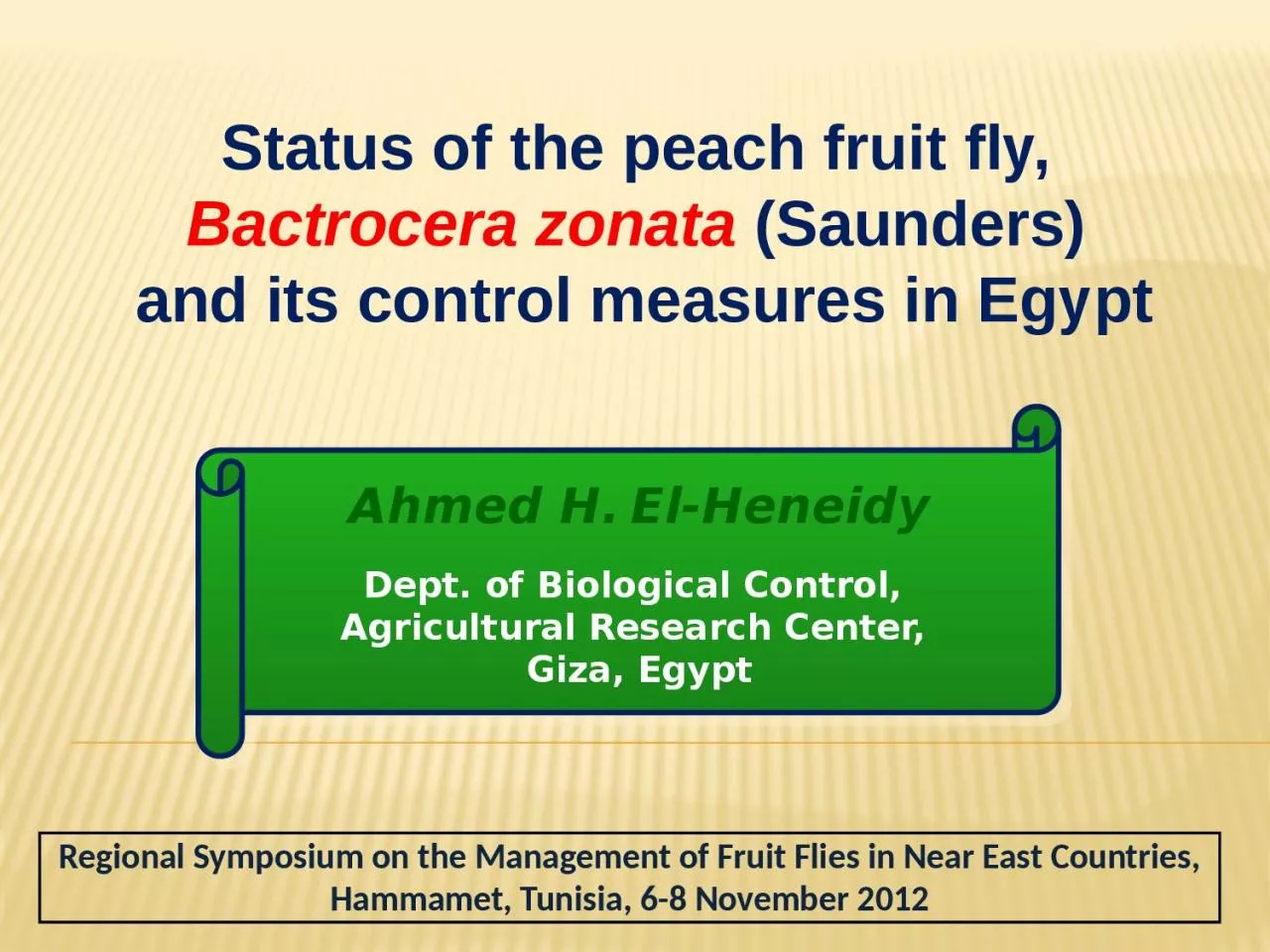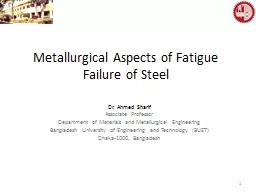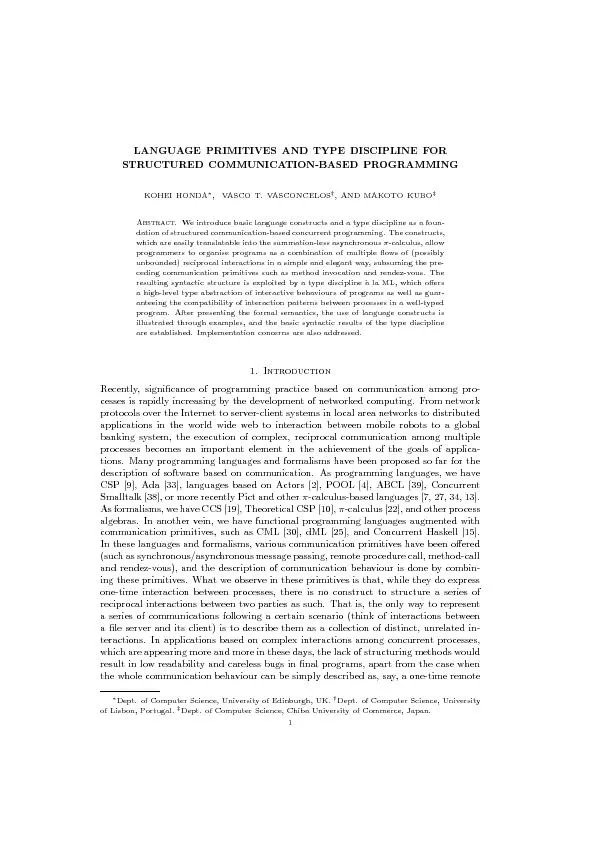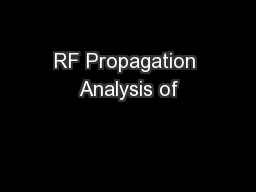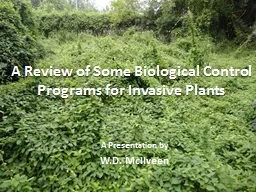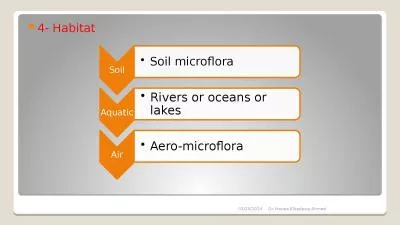PPT-Ahmed H. El-Heneidy Dept. of Biological Control,
Author : priscilla | Published Date : 2024-03-15
Agricultural Research Center Giza Egypt Regional Symposium on the Management of Fruit Flies in Near East Countries Hammamet Tunisia 68 November 2012 Status of
Presentation Embed Code
Download Presentation
Download Presentation The PPT/PDF document "Ahmed H. El-Heneidy Dept. of Biologica..." is the property of its rightful owner. Permission is granted to download and print the materials on this website for personal, non-commercial use only, and to display it on your personal computer provided you do not modify the materials and that you retain all copyright notices contained in the materials. By downloading content from our website, you accept the terms of this agreement.
Ahmed H. El-Heneidy Dept. of Biological Control,: Transcript
Download Rules Of Document
"Ahmed H. El-Heneidy Dept. of Biological Control,"The content belongs to its owner. You may download and print it for personal use, without modification, and keep all copyright notices. By downloading, you agree to these terms.
Related Documents

